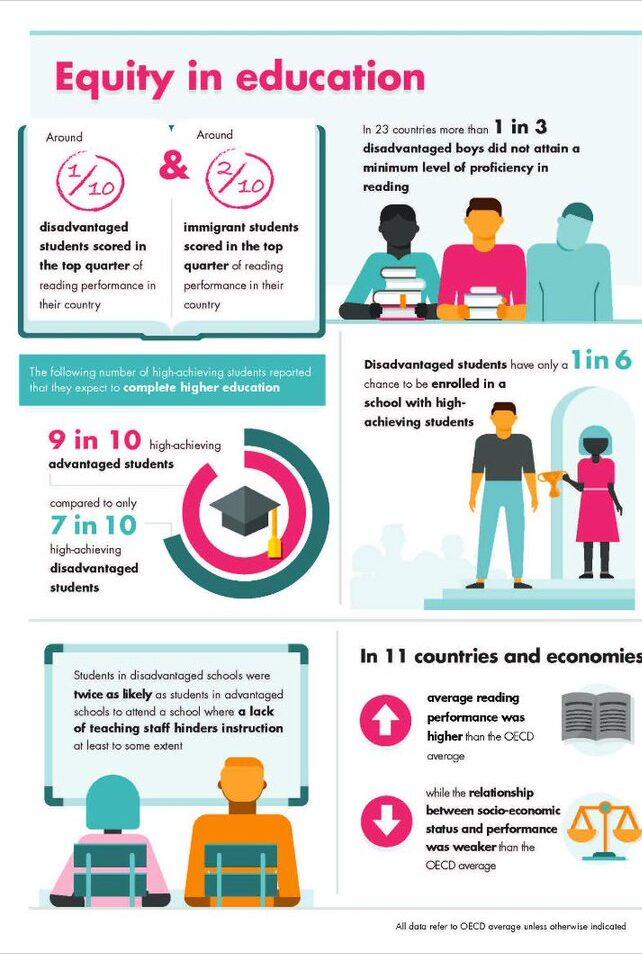Advancing Racial Equity in U.S. Pre-K–12 Education: Insights and Strategies
Understanding the Complex Barriers to Racial Equity in Education
Despite growing recognition and numerous policy initiatives, achieving genuine racial equity within the United States’ pre-K–12 education system remains elusive. Deep-rooted structural challenges—such as uneven funding, disparities in resource distribution, and limited access to rigorous academic programs—continue to disproportionately hinder students of color. These issues are compounded by socio-economic disadvantages, implicit biases embedded in school cultures, and a scarcity of culturally relevant curricula and diverse educators. Overcoming these multifaceted obstacles requires comprehensive reforms that address systemic inequities rather than isolated fixes.
Key impediments that persistently obstruct progress include:
- Funding Inequities: Schools serving predominantly minority populations often operate with fewer financial resources, affecting everything from classroom technology to extracurricular offerings.
- Lack of Diverse Educators: The underrepresentation of teachers from varied racial and ethnic backgrounds limits culturally responsive pedagogy and mentorship opportunities.
- Disproportionate Discipline: Students of color face higher rates of suspensions and expulsions, which contribute to hostile learning environments and increased dropout rates.
| Barrier | Consequences | Illustrative Example |
|---|---|---|
| Unequal Funding | Reduced access to advanced academic programs | Limited availability of honors and AP courses |
| Teacher Diversity Shortfall | Lower student engagement and cultural disconnect | Fewer mentorship opportunities for minority students |
| Disciplinary Disparities | Elevated suspension rates and dropout likelihood | Higher exclusion rates in schools with large minority populations |
How Systemic Inequities Shape Student Achievement
Systemic barriers exert a profound influence on the academic journeys of students, especially those from marginalized racial and ethnic groups. These entrenched challenges—ranging from inconsistent funding to biased disciplinary policies—play a significant role in perpetuating achievement gaps. Students of color often encounter limited access to experienced educators, advanced coursework, and nurturing educational settings, which can hinder their academic progress and future prospects. A thorough examination of institutional policies and practices is essential to dismantle these inequities across schools and districts nationwide.
Common manifestations of systemic obstacles include:
- Disproportionate allocation of financial resources resulting in under-resourced schools
- Unequal disciplinary practices that increase the risk of student disengagement and dropout
- Absence of culturally relevant curricula and support mechanisms
- Restricted access to quality early childhood education programs that are critical for foundational learning
| Systemic Barrier | Impact on Student Outcomes |
|---|---|
| Funding Disparities | Inferior learning environments and outdated instructional materials |
| Disciplinary Inequities | Increased suspension and dropout rates among minority students |
| Curriculum Irrelevance | Decreased student motivation and academic engagement |
| Limited Early Education Access | Delayed development of essential cognitive and social skills |
Proven Approaches to Narrowing the Racial Achievement Divide
Closing the racial achievement gap necessitates deliberate, evidence-based interventions beyond mere rhetoric. Schools must embrace culturally affirming teaching practices that honor students’ diverse identities while cultivating inclusive classrooms. Equitable distribution of resources—including access to quality early education, advanced academic tracks, and skilled educators—is vital to supporting historically underserved students. Furthermore, fostering strong partnerships with families and communities ensures that educational strategies are responsive to local needs and empower stakeholders.
Effective strategies demonstrating tangible improvements include:
- Developing mentorship and tutoring initiatives tailored to support vulnerable student populations
- Leveraging real-time academic data to customize instruction and interventions
- Expanding professional development focused on recognizing and mitigating implicit bias and promoting anti-racist teaching
- Implementing early intervention programs and social-emotional learning supports to address holistic student needs
| Intervention | Measured Outcome | Representative Program |
|---|---|---|
| Culturally Responsive Pedagogy | 15% increase in student engagement | “Heritage & Horizons” Curriculum Initiative |
| Equitable Resource Distribution | 12% rise in graduation rates | Enhanced Funding for Title I Schools |
| Mentoring and Tutoring | 18% improvement in academic proficiency | Neighborhood Learning Partners Program |
Policy Actions to Promote Inclusive and Fair Education Systems
Meaningful progress toward educational equity hinges on policy reforms that prioritize funding directed at historically marginalized communities. Expanding access to early childhood education with an emphasis on culturally relevant instruction and integrating social-emotional learning into school curricula are critical steps. Equitable resource allocation enables schools serving disadvantaged populations to offer comprehensive support, including qualified educators and enriching extracurricular activities, thereby leveling educational opportunities across districts.
Recommended policy measures include:
- Mandating ongoing bias awareness and anti-racism training for educators
- Requiring transparent, disaggregated reporting of student achievement data by race and socioeconomic status
- Encouraging active family and community participation in school governance and decision-making
- Providing incentives and scholarships to recruit and retain diverse teaching professionals
| Policy Focus | Implementation Steps | Primary Goal |
|---|---|---|
| Equitable Funding | Allocate resources based on student demographics and needs | Enhance Access and Opportunity |
| Diverse Educator Recruitment | Offer financial incentives and career support for minority teachers | Improve Representation and Inclusion |
| Data Transparency | Publish annual reports on achievement disparities | Ensure Accountability and Monitor Progress |
Conclusion: A Call for Sustained Commitment to Educational Equity
As the nation confronts persistent educational inequities, the insights from McKinsey & Company’s recent analysis highlight the critical need for focused, data-informed action to promote racial equity in pre-K–12 schools. By identifying ongoing disparities and proposing actionable strategies, the report urges collaboration among policymakers, educators, and communities to build inclusive learning environments. Achieving lasting change demands unwavering dedication and innovative approaches to guarantee that every student, irrespective of racial background, has equitable access to quality education and the chance to succeed.







